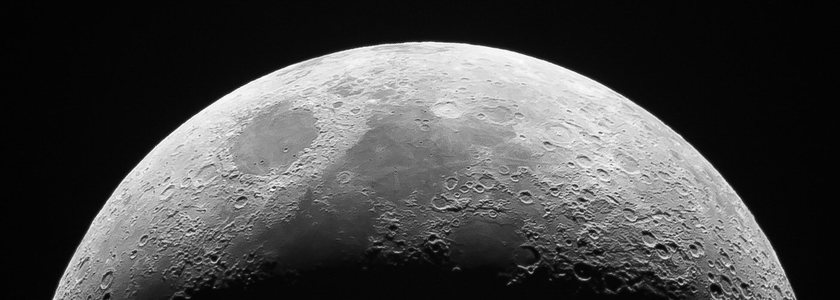

Moon phases can have unexpected and fascinating impacts on animals. Our next full moon will not be until May 18, but recent studies show that many types of animals have biological clocks that are tuned to the cycles of the Moon. The greatest impact is to marine animals, and during lunar phases they can show bizarre patterns of behavior. Today's article will look at a few marine species who are affected by the Moon.
Zooplankton
Every night, they migrate towards the surface to feed on algae. They do this at night because zooplankton are prey to many larger animals that use sight to hunt them. So, to avoid predators, the zooplankton head to the surface to eat through early dawn. However, in some places like the Arctic, some zooplankton have internal clocks set to the Moon. When the winter moon is full over the Arctic, where it stays above the horizon for several days on end, zooplankton actually take cover during this time, because the Moon's light provides light for their predators to hunt. Therefore, when the Moon rises and sets, the zooplankton respond to that and come up for food during that time.
Oysters
In a recent experiment done by French researchers, they monitored the width of dozens of oysters that opened their shell for 3.5 months. They found two types of oysters in Arcachon Bay in southwestern France, which were more open during new moons and more closed during a full moon. They also concluded that oysters could tell the difference between the first and last quarter of the moon phase by being only slightly open. The scientists are not 100% sure why they do such a thing, but theories suggest the lunar cycle could influence food availability by its impact on the tides and ocean currents. When the Moon is full or new, this causes a stronger pull on oceans as the Earth and Moon are aligned, which causes a more pronounced tide. When the Moon is half full, the Earth and Moon are not aligned, causing a weaker pull, and therefore, producing less tides.
Speckled Sea Louse
They burrow in the sand in the inter-tidal zone, which is covered by water at high tide, and dry during low tide. They actually have an internal lunar clock in which they are active in 12.4 hours intervals, coinciding with the tides. Sea louse also have a monthly cycle in which they are more active during full and new moons with the stronger currents, and more non-active during a quarter moon phase and weekly neap tides. Not only this is true, but sea louse also get dark during the day to protect themselves from the Sun's rays, and paler at night when the Sun sets.
Sand Hoppers
Experiments were done and showed that if you disturb them during the day, they will migrate back up the shore and bury themselves in the sand. At night, the opposite occurs. If you disturb them, they will migrate down the shore and eat stuff that has washed ashore. Researchers removed their antennas and saw how they navigated during the day and night without it. The results showed that they could navigate just fine during the day without the antennae (most likely using their brains and light thorough their eyes), but at night, they were totally lost. Researchers concluded that sand hoppers have a lunar clock within their antennae, and a solar clock as well within their brain and antennas.